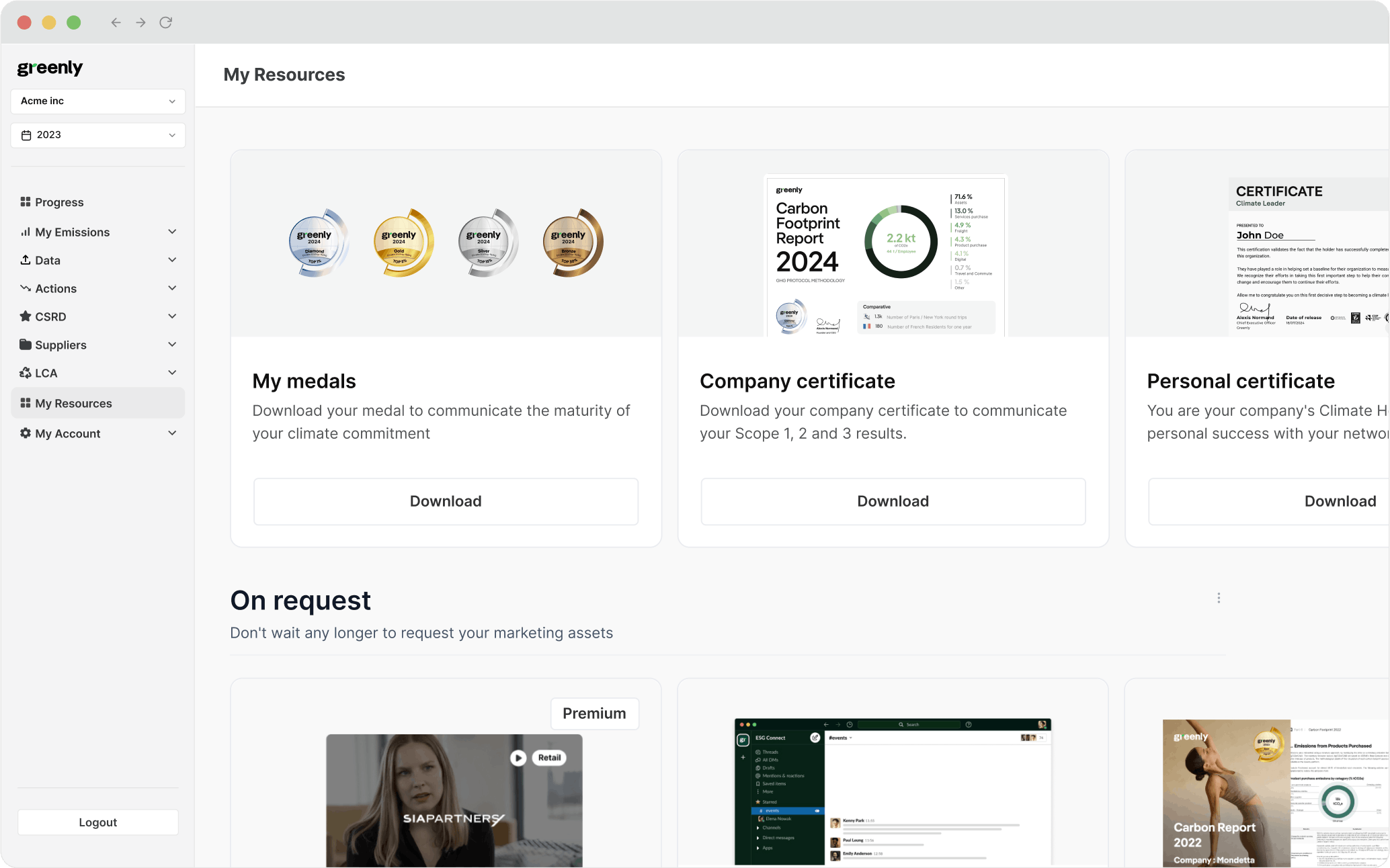ESG / CSR
Industries
Sustainable Development Goals (SDGs): All You Need to Know



The United Nations’ Sustainable Development Goals (SDGS) are a set of 17 global goals that have been defined to support the world's transition to sustainable development and sustainable future.
The Sustainable Development Goals are sometimes referred to as the Global Goals.
They’re designed to fundamentally transform our economy, our society, our way of life, and the way we consider our environment through the use of new scientific and technological capacity and improved resource efficiency.
Each sustainable development goal has its own target date for climate change achievement, which is usually sometime between 2020-2030 (although some goals don’t have a deadline).
How do the Sustainable Development Goals work?
Each sustainable development goal also has its own set of targets (169 in total) that outline the journey until the goal is achieved. The idea is to make our progress measurable, but also to monitor sustainable development impacts – such as greenhouse gas emissions, poverty eradication, and efforts on behalf of world leaders.
The clock is starting to tick, as the consequences of global warming are becoming more and more tangible these years. In this context, more than ever, we need figures and data on implementing integrated policies to be able to analyze the situation, encourage growth for sustainable development, and to make the most appropriate and relevant decisions..
A developing world needs help achieving environmental sustainability, but special and differential treatment isn't out of the question – developed countries can help the production and supply chains of countries suffering from extreme poverty and pave the way for a more sustainable future by helping to provide basic services, regional development planning, quality education, sustainable tourism, disaster risk reduction, and economic resources.
Ultimately, Sustainable Development Goals will help the world achieve economic growth and work towards a more sustainable future – even in the least developed of countries.

Why did the United Nations set Sustainable Development Goals?
In September of 2015, the United Nations General Assembly officially accepted the 2030 Agenda for Sustainable Development.
The agenda outlined the 17 Sustainable Development Goals, which were created by the United Nations member states to ensure that as the world moves forward – we are “leaving no one behind” in the transition to sustainable development.
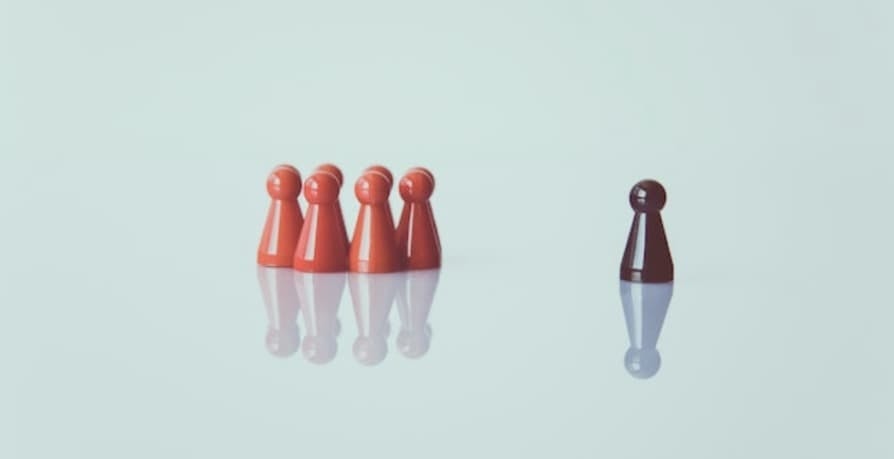
What is the United Nations?
The United Nations (UN) is a name we hear a lot these days, but many of us take its existence for granted. The United Nations is a collection of 193 countries, which includes almost every country in the world, excluding Palestine and the Holy See (Vatican City).
It was formed in 1945 (it had only 51 members at the time), after the Second World War, to replace the League of Nations, with the goal of “maintaining international peace and security, developing friendly relations among nations and promoting social progress, better living standards and human rights.”
These global goals for sustainable development could include helping world agricultural markets, providing developing countries with affordable and clean energy, or striving for sustainable human settlement planning.
Ultimately, the United Nations serves as a global partnership seeking to establish sustainable development – even in the least developed countries.
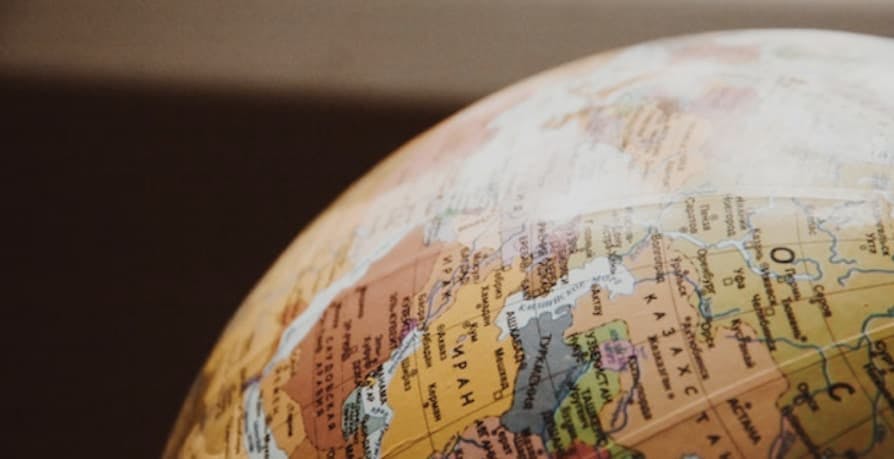
What is the United Nation's General Assembly?
The United Nation’s General Assembly is responsible for developing policies and making key decisions.
Between September and December every year, the Assembly meets regularly to talk about and find solutions to global issues. All members of the United Nations are part of the General Assembly, and every member gets an equal vote in decisions.
A "Global Sustainable Development Report" is delivered once every four years.
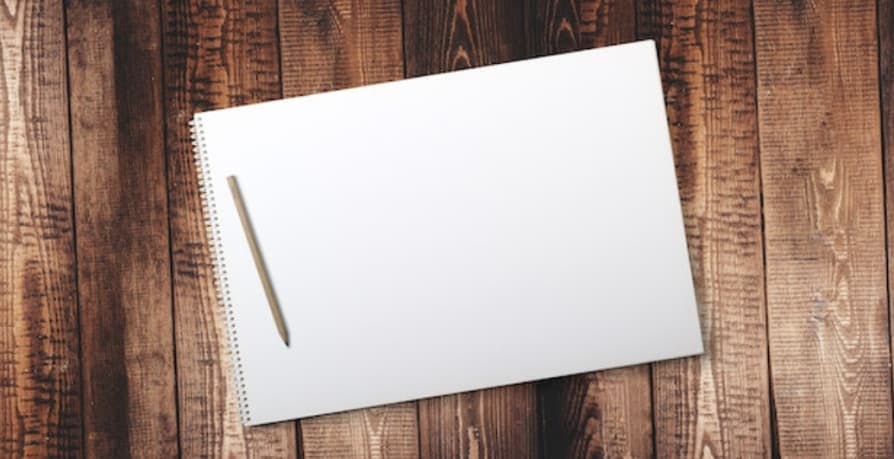
What is the 2030 Agenda?
The 2030 Agenda for Sustainable Development, also known as Agenda 2030, is a 15-year action plan designed to improve world peace, eradicate extreme poverty, defend and advocate for human rights, remove gender inequalities, and cultivate a healthier planet.
The Agenda sets out the 17 Sustainable Development Goals and their 169 targets.
What are the 17 United Nations Sustainable Development Goals?
SDG 1: No poverty
Goal: End poverty in all its forms everywhere.
The first Sustainable Development goals b the United Nations defines poverty as living below the poverty line of $1.90 USD per person per day (according to 2011 USD purchasing power parity).
When this goal was first set in 2015, 10.2% of working families around the world lived below the poverty line – and in 2021, 38 million Americans continue to live below the poverty line, highlighting the need for greater economic development and security.
Where are we now?
Progress toward Goal 1 has stalled in recent years. Between 2015 and 2017, the percentage of global extreme poverty dropped from 10.1% to 9.3%, but the economic stress of the pandemic put an extra 119-124 million people into poverty.
For the first time in two decades, global extreme poverty actually went up. For now, the United Nations predicts that 575 million people will still be living in extreme poverty by 2030. Therefore, while things will get better than they are now – we won’t achieve our no poverty target.
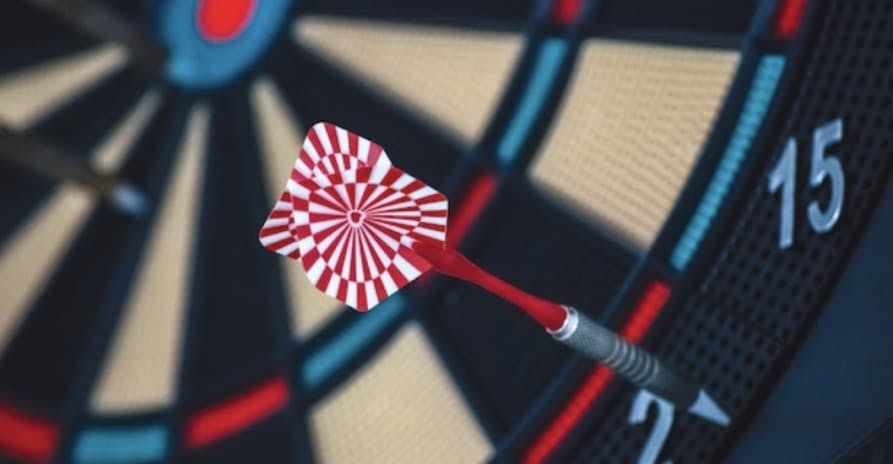
SDG 2: Zero hunger
Goal: End hunger, achieve food security and improve nutrition and promote sustainable agriculture.
Sustainable Development Goal 2 isn’t just about ending hunger. It’s also about helping to provide universal access to healthy food for every person in the world all year round. To do this, we’ll need to build sustainable food production systems and adopt sustainable practices - especially resilient agricultural practices, such as farmed and domesticated animals - making sure they’re ethical.
Where are we now?
Like Goal 1, progress on Goal 2 was also hit hard by the pandemic. In 2014, before the SDGs were adopted, the number of undernourished people around the world sat at 607 million.
Today, as a result of the pandemic, 720 to 811 million people experienced hunger in 2020, and a total of 2.37 billion people weren't able to eat a healthy, balanced diet regularly.
This number remains alarming in 2023 – where over 345 million people are still wondering where their next meal will come from.
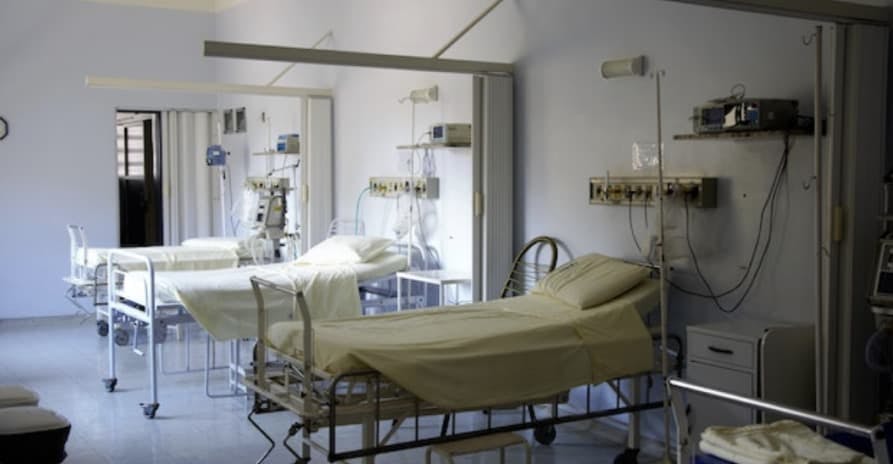
SDG 3: Good health and well-being
Goal: Ensure healthy lives and promote well-being for all at all ages.
Enabling healthy lives means considering all aspects of health, including preventing and treating illness and disease, increasing health financing to provide health coverage for everyone in the world, including those in developing countries – and supporting female health (sexual, reproductive and child health), and making medication and vaccines safe and affordable for everyone.
Where are we now?
It’s no surprise that COVID-19 also disrupted the advances we’ve made in health and life expectancy. In many regions, there is a shortage of health workers, and 90% of countries are reporting disruptions to their critical health services. In 2023, life-threatening diseases continue to surge such as malaria from mosquitoes.
SDG 4: Quality education
Goal: Ensure inclusive and equitable quality education and promote lifelong learning opportunities for all.
This Sustainable Development Goal aims to give every child a quality education, particularly in elementary school years. When the goal was set in 2015, data showed that out of the 59 million primary-school aged out of school children, two out of every five would never go to school.
Where are we now?
After a long period of improvement, pandemic reversed 20 years of progress in education. In 2020, an extra 101 million (9% of children) in grades 1-8 dropped below the minimum reading level. By 2030, a whopping 84 million students could be out of school. In addition to this, many countries around the world also don’t have the basic school infrastructure they need to provide children with a proper quality education, including basic services and basic resources like access to drinking water, electricity, or hand washing facilities
SDG 5: Gender equality
Goal: Achieve gender equality and empower all women and girls.
Gender equality is a fundamental human right, which is becoming all the more imperative in modern society – as DEI and other work policies highlight can help companies not only adhere to inclusive policies, but actually encourage greater employee satisfaction.
Achieving gender equality is a challenge that needs to be targeted from multiple angles. Sustainable Development Goal 5 focuses on improving access to quality education for young girls, preventing child marriages, improving sexual and reproductive health rights, making childbirth safer for women, addressing violence towards women, and advocating for women’s rights through the legal system.
Where are we now?
Even though we’ve made a lot of progress in gender equality, women are still underrepresented in the places that matter, making up only 25.6% of national parliaments and 28.2% of managerial positions as of 2019.
The pandemic placed even heavier loads of domestic and care work on women, led to increased violence against women, and has put an additional 10 million girls at risk of child marriage (on top of the 100 million already predicted to become child brides).
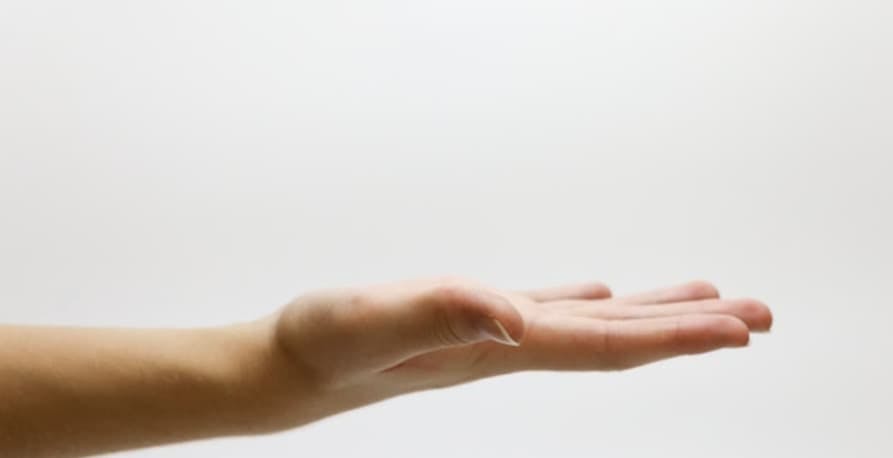
SDG 6: Clean water and sanitation
Goal: Ensure availability and sustainable management of water and sanitation for all.
Water is fundamental to life, and water and sanitation management are fundamental to achieving the SDGs. Without clean water available to every person in the world, we don’t have a thriving planet. With climate change and irresponsible consumption also threatening the availability of water around the world, we need to make sure that the way we use water (and the quality of water that we use) is sustainable and healthy for us and our planet.
Where are we now?
Access to clean water and sanitation is still a luxury in many parts of the world. Due to climate change, natural wetlands are shrinking rapidly. 2.4 billion people live in countries with water stresses in 2020, with 26% of the world unable to access safely managed drinking water, 46% unable to access safe sanitation, and 29% lacking basic hygiene. As of 2023, the global water crisis now affects up to 4 billion people – and in 2025, 1 in 11 people lack access to clean water.
SDG 7: Affordable and clean energy
Goal: Ensure access to affordable, reliable, sustainable and modern energy for all.
In the 21st century, energy is a critical part of our daily lives, and it’s one of the reasons many of us have the quality of life we have. And without clean energy technology to provide safe, reliable, affordable and clean energy, otherwise known as renewable energy – most of the other SDGs won’t get off the ground.
Where are we now?
Currently, the energy efficiency is improving by 2% annually, but in order to achieve the targets for this goal – we need to improve by 3% every year until 2030. As of 2022, 2.3 billion people around the world still use dangerous, energy-intensive cooking systems.
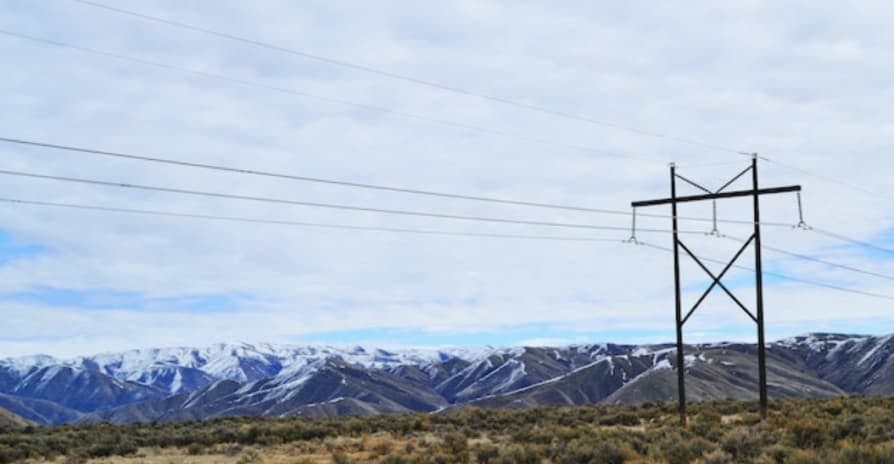
SDG 8: Decent work and economic growth
Goal: Promote sustained, inclusive and sustainable economic growth, full and productive employment and decent work for all.
Consistent economic growth — for all people, in all places — is the only truly sustainable development.
Where are we now?
Although the pandemic resulted in the equivalent of 255 million full-time job losses, the economy is recovering — but for many countries, it may be several years before we see a return to pre-pandemic levels.
SDG 9: Industry, innovation and infrastructure
Goal: Build resilient infrastructure, promote inclusive and sustainable industrialization and foster innovation.
Infrastructure refers to the physical systems that support the operations of communities and businesses. Industrialization fuels our economy, grows employment, and helps improve poverty. Innovation means making advances in technology, which in turn helps drive industry growth and leads to new skill development.
Where are we now?
In 2020, air travel demand dropped by 60%, while manufacturing fell by 6.0%. But later in the year, other efforts helped return the economy to healthier levels.

SDG 10: Reduced inequalities️
Goal: Reduce inequality within and among countries.
The inequalities in Sustainable Development Goal 10 refer to inequalities in income, age, sex, disability, race, ethnicity, original, religion, and economic or other status. It also refers to inequalities between countries, like representation, migration and development assistance.
Where are we now?
SDG 11: Sustainable cities and communities
Goal: Make cities and human settlements inclusive, safe, resilient and sustainable.
Most of the global population lives in cities, and this number keeps growing. Managing cities well, including predicting and resolving housing issues, building sustainable transport systems, developing sustainable and resilient buildings, and planning for inclusive and sustainable urbanization, leads to better innovation, and helps enable sustainable development.
This implies to support least developed countries thanks to financial and technical assistance.
Where are we now?
Only half of the urban population have easy access to public transport, and even now, more than one billion people live in slums. Although 156 countries have already developed national urban policies, only half of these countries have reached the implementation stage.
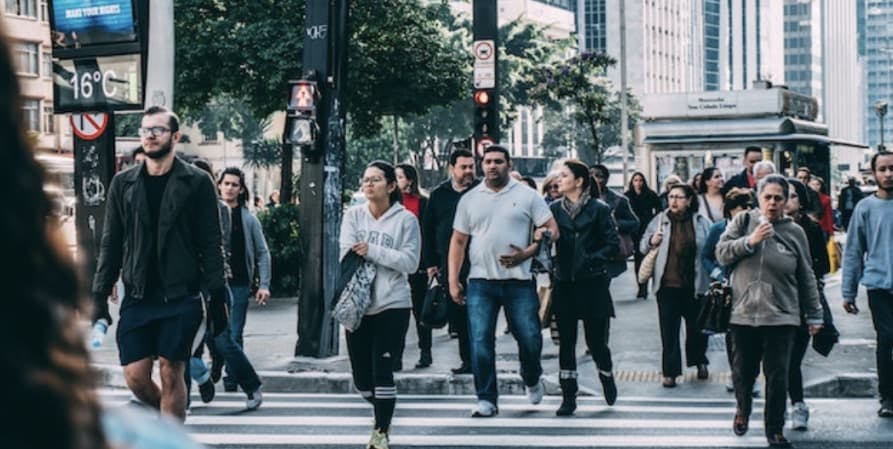
SDG 12: Responsible consumption and production
Goal: Ensure sustainable consumption and production patterns.
Economic growth happens when we make and sell things that improve our quality of life. But as we’re seeing now, if the way we make and sell things ends up harming our planet (like over-using natural resources and producing excessive waste and pollution), then the virtuous cycle becomes a vicious one.
Where are we now?
The world’s “material footprint” (the quantity of raw materials we extract to make things) increased by 70% in only 17 years, and progress towards Goal 12 is stifled by enormous amounts of electronic waste (and poor waste management), and fossil fuel subsidies.
SDG 13: Climate action
Goal: Take urgent action to combat the impact of climate change.
The biggest threat facing us is a planet made uninhabitable by climate change, and the destructive effects of climate change – which have particularly affected poor and vulnerable communities.
We must fight against environmental degradation through the use of Sustainable Development Goals (SDGs).
Where are we now?
Although funding for climate change has increased to $48.7 billion annually, the average global temperature in 2020 was 1.2°C above the pre-industrial baseline, meaning we are nowhere near achieving the Paris Agreement target of no more than 1.5°C by 2050.
Although most countries around the world are designing plans and putting them to action, much more needs to be done if we are to significantly slow down or reverse climate change.
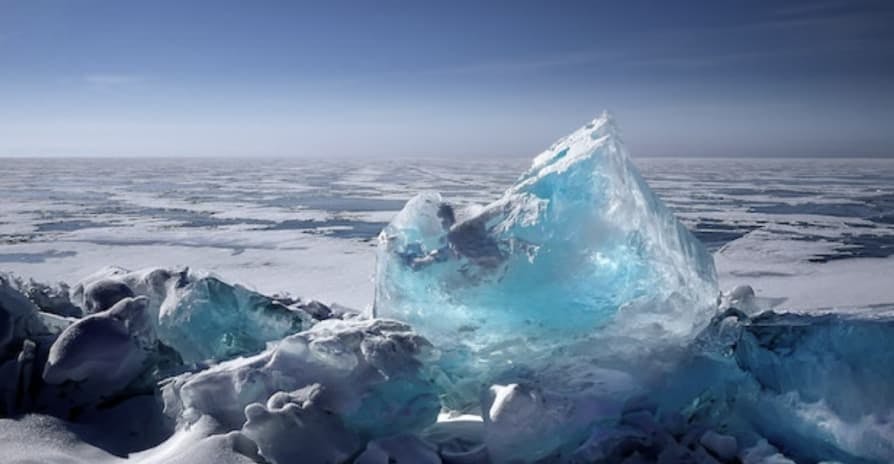
SDG 14: Life below water
Goal: Conserve and sustainably use the oceans, seas and marine resources for sustainable development.
Oceans and their surroundings are crucial to the health of people (especially the 40% of the world lives within 100 kilometers of the coastline), the planet, and the economy. Oceans absorb heat and carbon dioxide, they protect coastal regions from floods and erosion, and they contribute to economic growth through tourism, fishing, and more.
In fact, a quarter of the world's population lives in low-lying coastal areas or small island developing states – making it all the more important to work against rising sea levels and coastal erosion.
Where are we now?
Seven years after adopting the Sustainable Development goals (SDGs), our oceans are still facing serious problems with plastic pollution, global warming, eutrophication, acidification, and overfishing. Dead zones (pockets of water that don’t have enough oxygen to support life) are multiplying fast, but only 1.2% of national research budgets go towards ocean study.
SDG 15: Life on land
Goal: Protect, restore and promote sustainable use of terrestrial ecosystems, sustainably managed forests, combat desertification, and halt and reverse land degradation and half biodiversity loss.
Protecting the life forms that live on our land won’t just happen by accident. We need to take real measures to protect the species and habitats that are still surviving, restore the ones that need our help, and put the right systems in place so that our on-land ecosystems can stay safe in the future.
Where are we now?
Although we’re making progress in the way we sustainably manage forests, we’ve already lost 100 million hectares of forest in the last two decades, and our advances in protecting key areas of biodiversity has stalled in the last five years.

SDG 16: Peace, justice and strong institutions
Goal: Promote peaceful and inclusive societies for sustainable development, provide access to justice for all and build effective, accountable and inclusive institutions at all levels.
Although most of the world lives in relative peace and has faith in the justice system and other institutions, violence and war is still a normal part of life in many parts of the world – meaning social protection systems are still necessary.
This doesn’t just put people in danger — it also limits their freedom and prevents them from accessing truthful information. Unless we can achieve peace around the world, we can’t build a sustainable future for everyone. Therefore, ensuring equal access to justice is essential
Where are we now?
The pandemic increased the risk of child exploitation, such as trafficking (1 in 3 victims are children) and child labor (which rose to 160 million in 2020 — marking the first increase in 20 years).
SDG 17: Partnerships for the goals
Goal: Strengthen the means of implementation and revitalize the global partnership for sustainable development.
The United Nations' Sustainable Development Goals are nothing if not ambitious, which means every country in the world will need to work together harmoniously if we are to achieve them. In some cases, this will mean giving more support to smaller and less developed countries. We’ll need to see governments, businesses, the United Nations as a whole, and everyday people come together in the spirit of international cooperation to achieve Agenda 2030’s targets.
Where are we now?
This goal continues to develop over time following the Covid-19 pandemic as events are resuming in addition to new ones: such as the 2023 SDG Summit and Region or Interregional Preparatory meetings to help engage those working together to achieve Sustainable Development Goals.
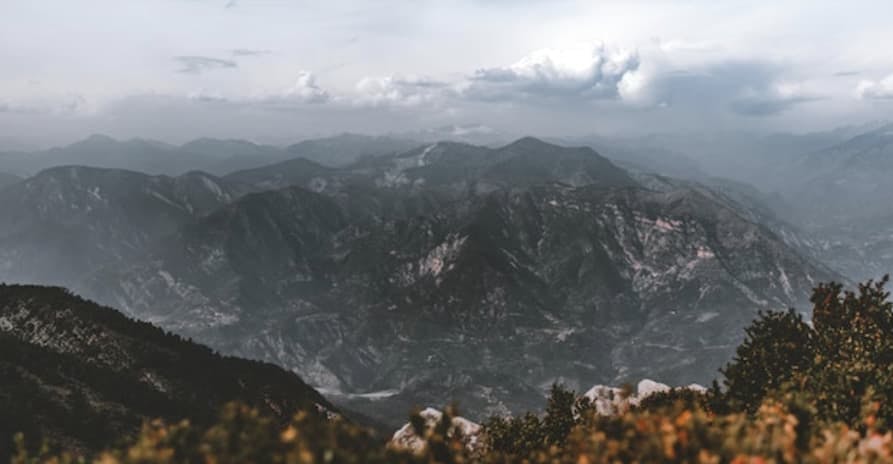
The table below will summarize the 17 sustainable development goals:
| SDG | Goal | Summary |
|---|---|---|
| 1 | No Poverty | End poverty in all its forms everywhere. |
| 2 | Zero Hunger | Ensure access to safe, nutritious, and sufficient food. |
| 3 | Good Health and Well-being | Ensure healthy lives and promote well-being for all. |
| 4 | Quality Education | Ensure inclusive and equitable quality education for all. |
| 5 | Gender Equality | Achieve gender equality and empower all women and girls. |
| 6 | Clean Water and Sanitation | Ensure availability and sustainable management of water. |
| 7 | Affordable and Clean Energy | Ensure access to sustainable and modern energy for all. |
| 8 | Decent Work and Economic Growth | Promote sustained, inclusive, and sustainable economic growth. |
| 9 | Industry, Innovation, and Infrastructure | Build resilient infrastructure and promote innovation. |
| 10 | Reduced Inequalities | Reduce inequality within and among countries. |
| 11 | Sustainable Cities and Communities | Make cities inclusive, safe, resilient, and sustainable. |
| 12 | Responsible Consumption and Production | Ensure sustainable consumption and production patterns. |
| 13 | Climate Action | Take urgent action to combat climate change and its impacts. |
| 14 | Life Below Water | Conserve and sustainably use the oceans and marine resources. |
| 15 | Life on Land | Protect, restore, and promote sustainable use of ecosystems. |
| 16 | Peace, Justice, and Strong Institutions | Promote peaceful and inclusive societies for sustainable development. |
| 17 | Partnerships for the Goals | Strengthen global partnerships for sustainable development. |
How can companies contribute to the Sustainable Development Goals?
There are plenty of ways your company can contribute to the Unites Nations’ global goals. As of 2022, 71% of N100 companies strongly aligned with Sustainable Development Goals, include them in their annual reports, and working towards creating a more sustainable future by 2030. In addition to this, 51% of them have highlighted priority goals.
As a company, you can:
- Measure and reduce your environmental impact (talk to Greenly about your carbon footprint)
- Encourage diversity and equality within your own organization
- Invest in ethical companies
- Donate to worthy causes
The United Nations has also published a full list of ways your company can contribute to the SDGs.
A final word on Sustainable Development Goals
2030 is approaching fast, and with all the bad news making headlines lately – it can feel like there’s not a whole lot of progress being made on the sustainable development goals.
But in many places, we are seeing progress.
People, companies and governments around the world are doing their part to take action towards these sustainable development goals, especially when it comes to reducing their environmental impact.
You and your company can make a difference, too. Talk to the team at Greenly. We’ve helped companies all around the world reduce their environmental impact and contribute to the United Nations’ Sustainable Development Goals.
What about Greenly?
If reading this article about the 17 Sustainable Development Goals has made you interested in reducing your carbon emissions to further fight against climate change – Greenly can help you!
At Greenly we can help you to assess your company’s carbon footprint, and then give you the tools you need to cut down on emissions. Why not request a free demo with one of our experts - no obligation or commitment required.
